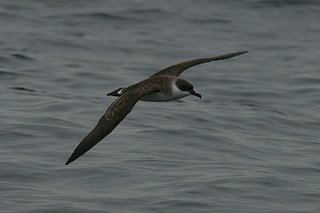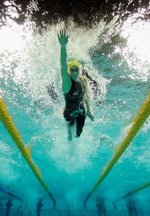Q2. DLE & ACTION RESEARCH

Distributed Learning Environment
http://techcollab.csumb.edu/techsheet2.1/distributed.html
"Distributed learning is not just a new term to replace the other 'DL,' distance learning. Rather, it comes from the concept of distributed resources. Distributed learning is an instructional model that allows instructor, students, and content to be located in different, noncentralized locations so that instruction and learning occur independent of time and place. The distributed learning model can be used in combination with traditional classroom-based courses, with traditional distance learning courses, or it can be used to create wholly virtual classrooms."
Notes on being a student: a member of a cohort studying ICT and pedagogy in Education
The members have varied backgrounds and experience:
Under 7s (Family Daycare, Preschool & Kindergarten)
Primary & Secondary Education Teaching & Assisting
Parenting
Our Distributed Learning Environment has been our school’s library, its computer network, our Librarian as facilitator, and our blogging online team, cohort, or small community as described. Our cyber space has provided a great opportunity to explore a variety of personalities (eg ‘Kitty’, Jewels. Lotus Blossum, Fish to name a few) and an ‘open’ exam cyber situation. Each blog has presented a different take on the exam questions, a wonderful array of possibilities, new leads and new references in the construction of one’s own blog.
The necessity to integrate our newly acquired ICT skills has been perplexing and kept many of us in a serious ZONE of proximal development, sleep-deprived and occasionally arriving at a true moment of Butoh where real creativity begins in the twilight zone of the real dawn sounds of twittering birds. Hyper - I don’t have a word for it.
More questions than answers have arisen as a consequence of analysing the myriad possibilities of Constructivism. Trying to find a bloggable way to present research has been exceedingly challenging. I have often attempted to present polar views on a topic for example online vs offline – sense deprivation to sense overload - economic homoginised globalisation to human community globalisation – utilising image, text, colourful font, quotes and expedient hyperlinks. Accessing other team members’ insights has been invaluable.
In our DLE at the school library, much technical support has been available, talking to each other about our individual blog processes has been enlightening, and I have come to know my colleagues better, with the usual humour, keeping the experience very social and buoyant. Facilitated group discussions have been lively, and many different points of view have assisted 'broadening' my mind and encouraging deeper questioning.
Action Research
http://www.ncrel.org/sdrs/areas/issues/envrnmnt/drugfree/sa3act.htm
“Action research is inquiry or research in the context of focused efforts to improve the quality of an organization and its performance. It typically is designed and conducted by practitioners who analyze the data to improve their own practice. Action research can be done by individuals or by teams of colleagues. The team approach is called collaborative inquiry.
Action research has the potential to generate genuine and sustained improvements in schools. It gives educators new opportunities to reflect on and assess their teaching; to explore and test new ideas, methods, and materials; to assess how effective the new approaches were; to share feedback with fellow team members; and to make decisions about which new approaches to include in the team's curriculum, instruction, and assessment plans.”
SWIMMING - Action Research

I have been thinking about how I could apply action research to swimming lessons, possibly involving the class in assessment of their water safety skills for example. I teach swimming from Class 1 through to the Bronze Medallion. I follow the standards of the Royal Lifesaving Society of Australia –
It is hard for me to assess how well the subject has been taught and integrated, in the sense that it would be only in a true emergency that one could realise the knowledge, truly experience response; to stay calm and act effectively is the ideal.
One aspect of teaching the efficient response to an emergency, after preservation of the self, is the effective use of ‘voice’. I consider the ‘use of voice’ to calm the person in difficulty, to give clear instructions and continue to reassure the person during a rescue scenario to be paramount. Of everything I teach I would like to have confidence that I have impressed this knowledge upon the students. It is even possible for an unconscious person to hear someone speaking to them.
To film and record each child demonstrating a basic rescue appropriate to their age level and then to play it back to the class with a score out of five, for the class individuals to give each student could be interesting. And I think the children knowing they were being documented would truly improve their effort. I would only do this from either Class 5 or 6 – leading up to their Bronze in Yr 8. I could then construct an excel chart – the score out of 5 could apply to a variety of categories including use of voice, speed and efficiency, correct use of stroke and most expedient steps taken. There is quite a bit to remember by the time the students reach Bronze Medallion or Star level and this knowledge will serve them in good stead especially if they choose to take up Marine Biology, where Scuba Diving is part of the curriculum.

1 Comments:
GREAT IDEA
Post a Comment
<< Home